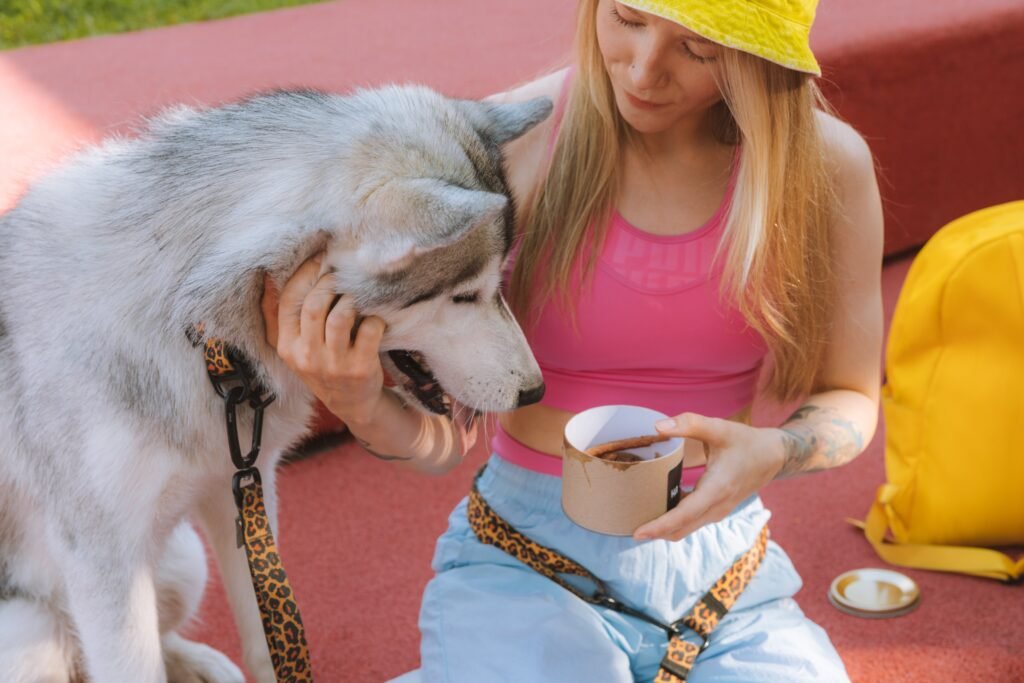How To Tell If Your Dog Is At A Healthy Weight

For dogs to lead an active, healthy life it is important for them to maintain a healthy body weight, and as a dog owner it is your responsibility to ensure that they do so. The most important factors to consider when it comes to your pet’s weight are the intensity with which it exercises, how often it gets to do so, and, of course, its daily food intake.
The results of in-depth study carried out by Purina Pet Food and professional animal nutritionists in 2002 showed that by eating a properly regulated diet, dogs can live almost two years longer; which is quite a difference considering that the average lifespan of a dog is between ten and thirteen years. There are clear benefits to maintaining your dog’s weight at a healthy level, but how do you know if your dog is at the correct weight?
If you are concerned your dog is underweight or overweight, you can get an accurate answer to this question by visiting a vet or pet nutritionist, but there are a few simple ways of finding out for yourself if your dog requires a lifestyle change.
Profile Analysis
- As a rule, a dog’s abdomen should be higher up than its ribcage, so that from their front legs their underside gradually inclines up toward their rear.
- A steep incline suggests that your pet is underweight, whereas a shallow incline or no incline at all indicates that your dog is overweight.
- The best way to check your dog’s profile is to lower yourself so that you are level with your dog and view it from the side.
Rib Examination
- Another way that you can easily tell if your dog is overweight is by placing both your thumbs on your dog’s spine and opening your hands over its ribcage.
- If your pet is at a healthy weight then you ought to be able to feel their ribs under their coat and skin, but if there is too much fat then you will not be able to.
- Make sure that you look with your hands and not just your eyes, as a dog’s coat can easily obfuscate its ribcage.
Overhead Inspection
- With a healthy body weight, a dog will have a shape similar to that of an hourglass figure, and you ought to be able to see it by standing just in front of its face and looking down.
- Ideally you will be able to see its waist tucked behind the ribs.
- If you can see the outline of your dog’s individual ribs and the waist is noticeably more narrow than its ribcage, then your pet is underweight; however, if the waist is in line with the ribs or bulges out past them then it is overweight.
You should adjust your dog’s lifestyle accordingly depending on whether you find that it is overweight or underweight. If your pet is underweight then it is possible that you’re over-exercising it and giving it food that is too low in calories. A specially developed working dog food would be ideal in this instance, as it is designed to provide dogs with an ample supply of energy and also contain an assortment of vitamins and minerals that will allow them to get back to a healthy weight whilst also improving their physical output.
If on the other hand your dog is overweight, you should proceed by increasing its daily exercise regime and changing its diet to one that mainly consists of light dog food. Considering that in 2014 vets reported that almost a half of dogs in the UK are overweight, now is the time for dog owners to actively tackle canine obesity. If you find that your dog tends to get tummy upsets from certain foods, try them with grain free dog food, which will aid digestion and help to reduce bloating.
Find your loving pet at BuyAPet.co.uk – ENTER HERE
Need Pet Supplies/Accessories BuyAPet Shop is your Number 1 Shop – ENTER HERE
